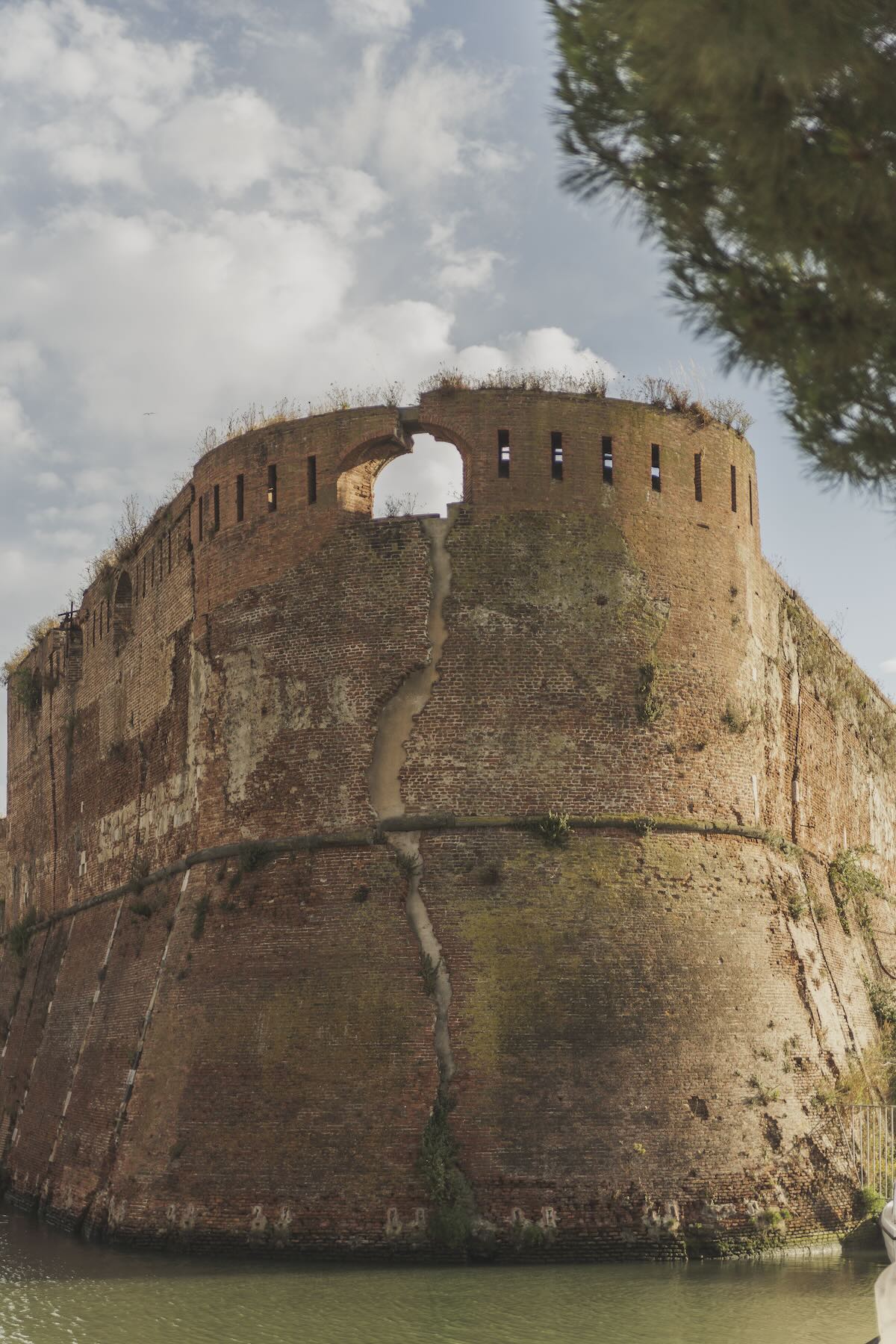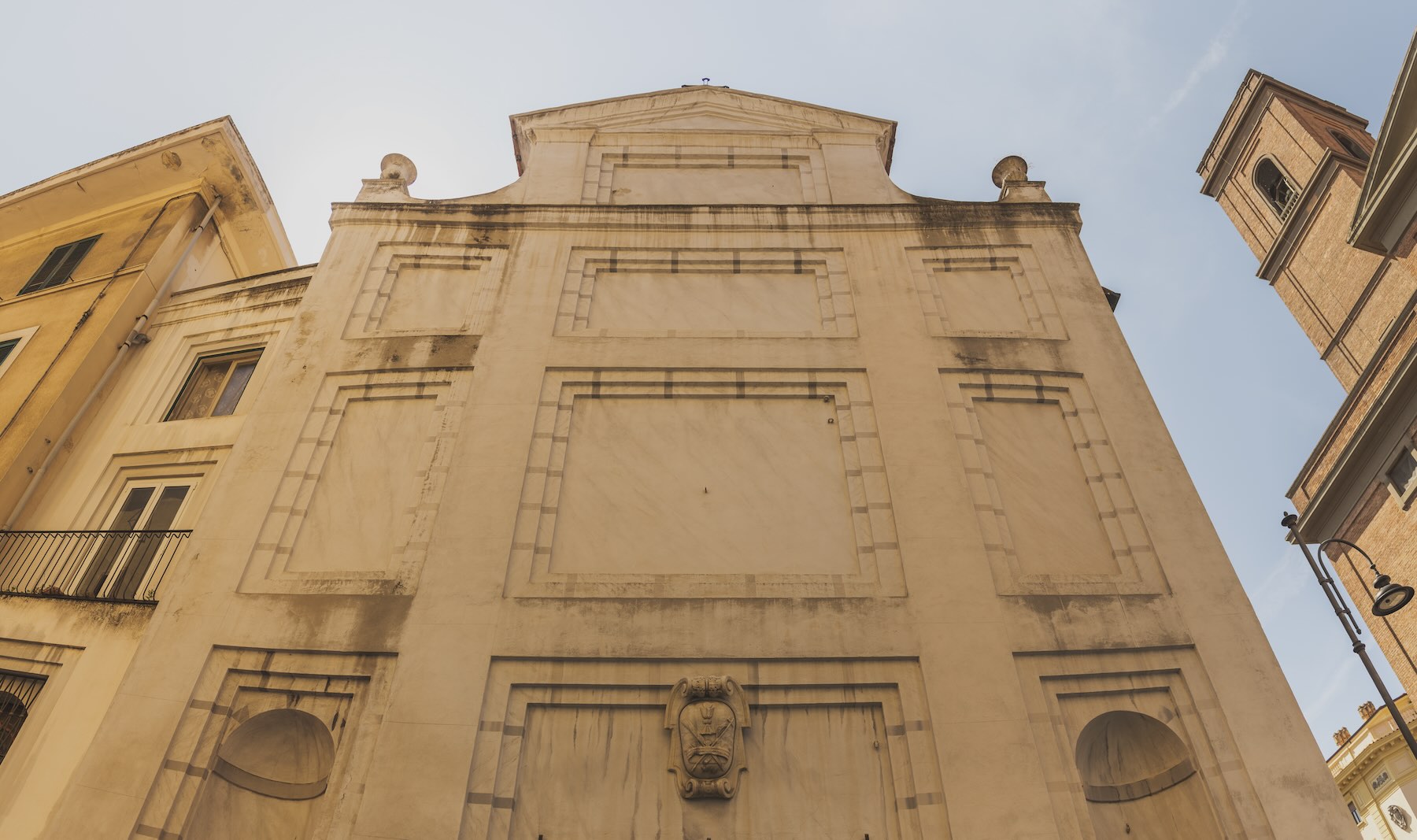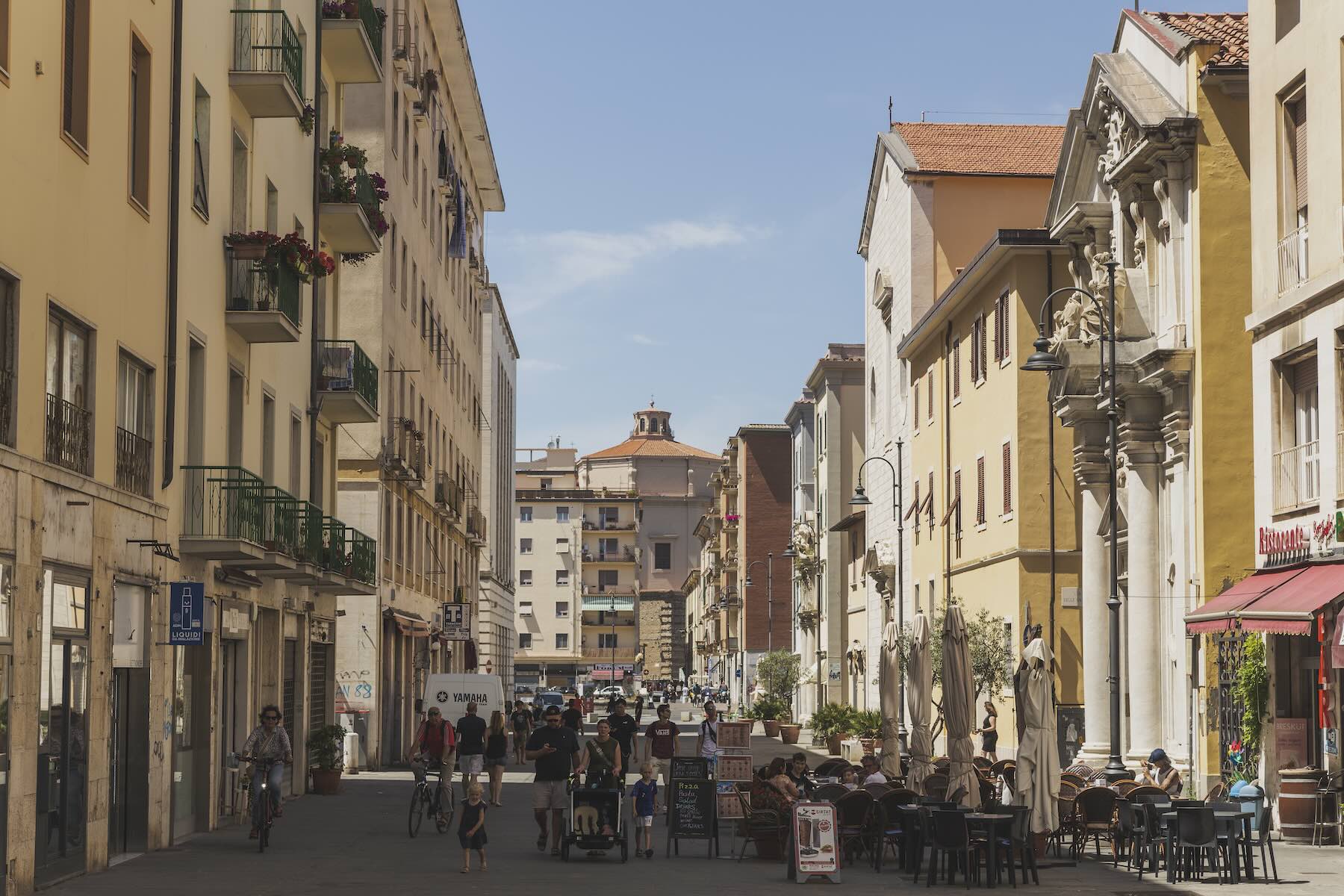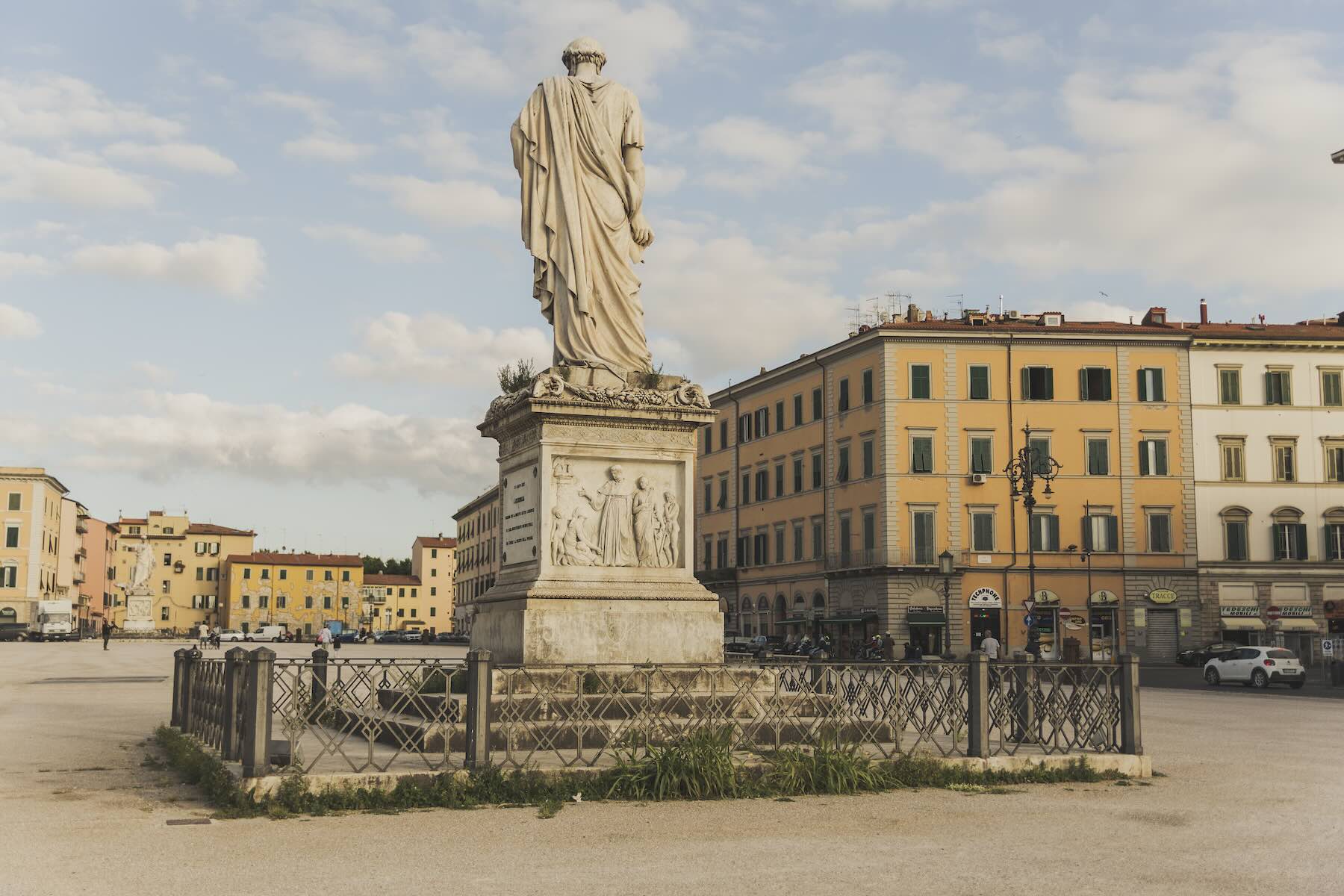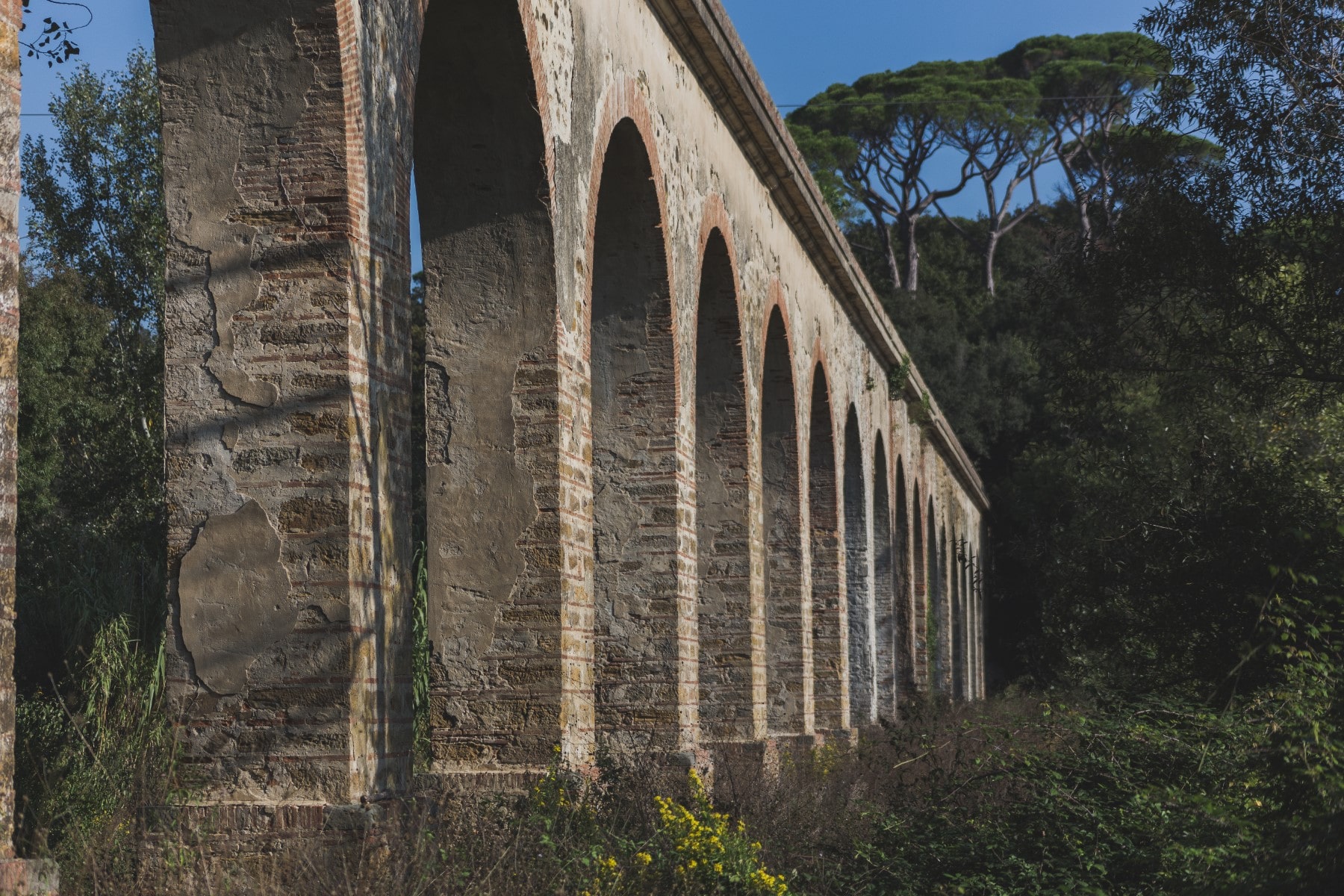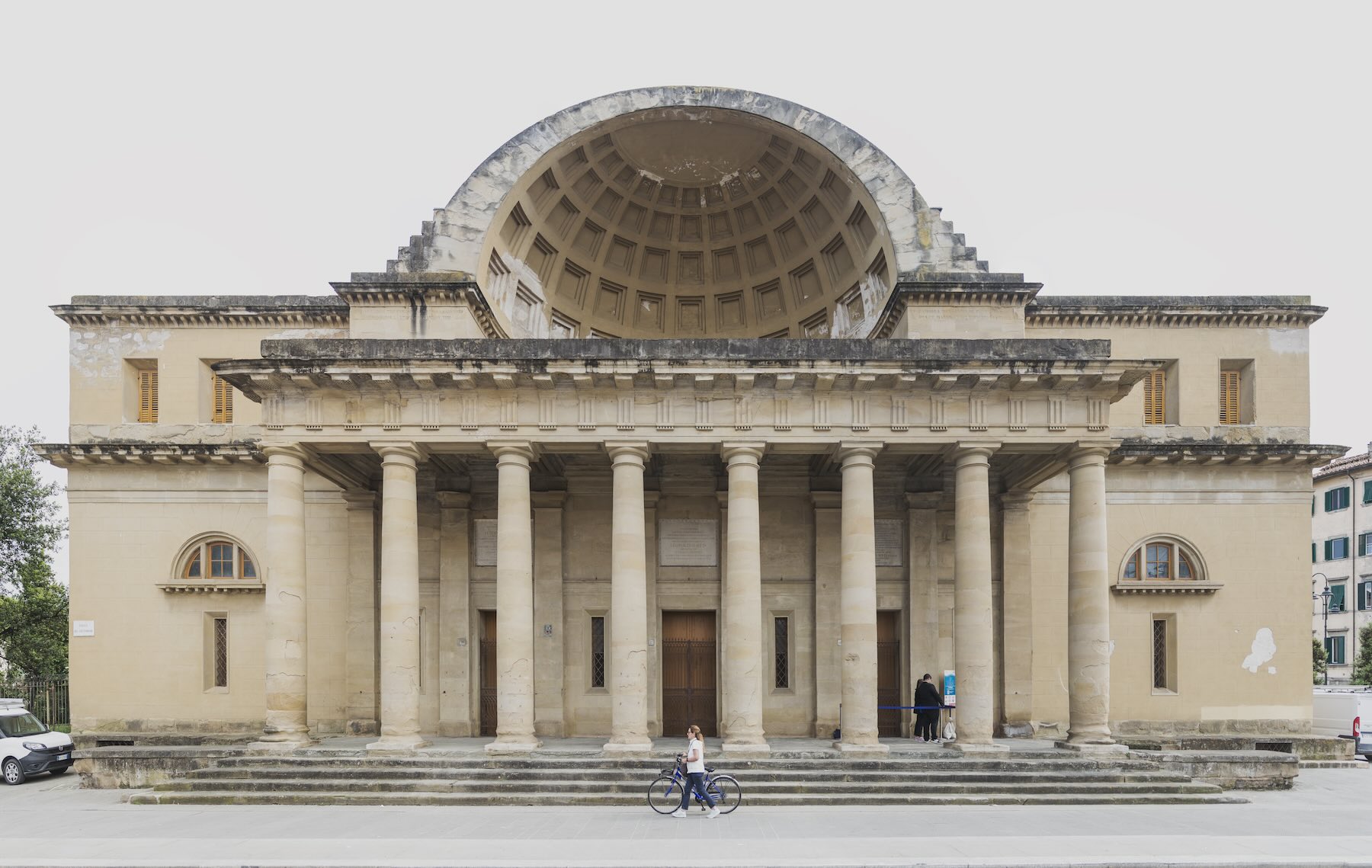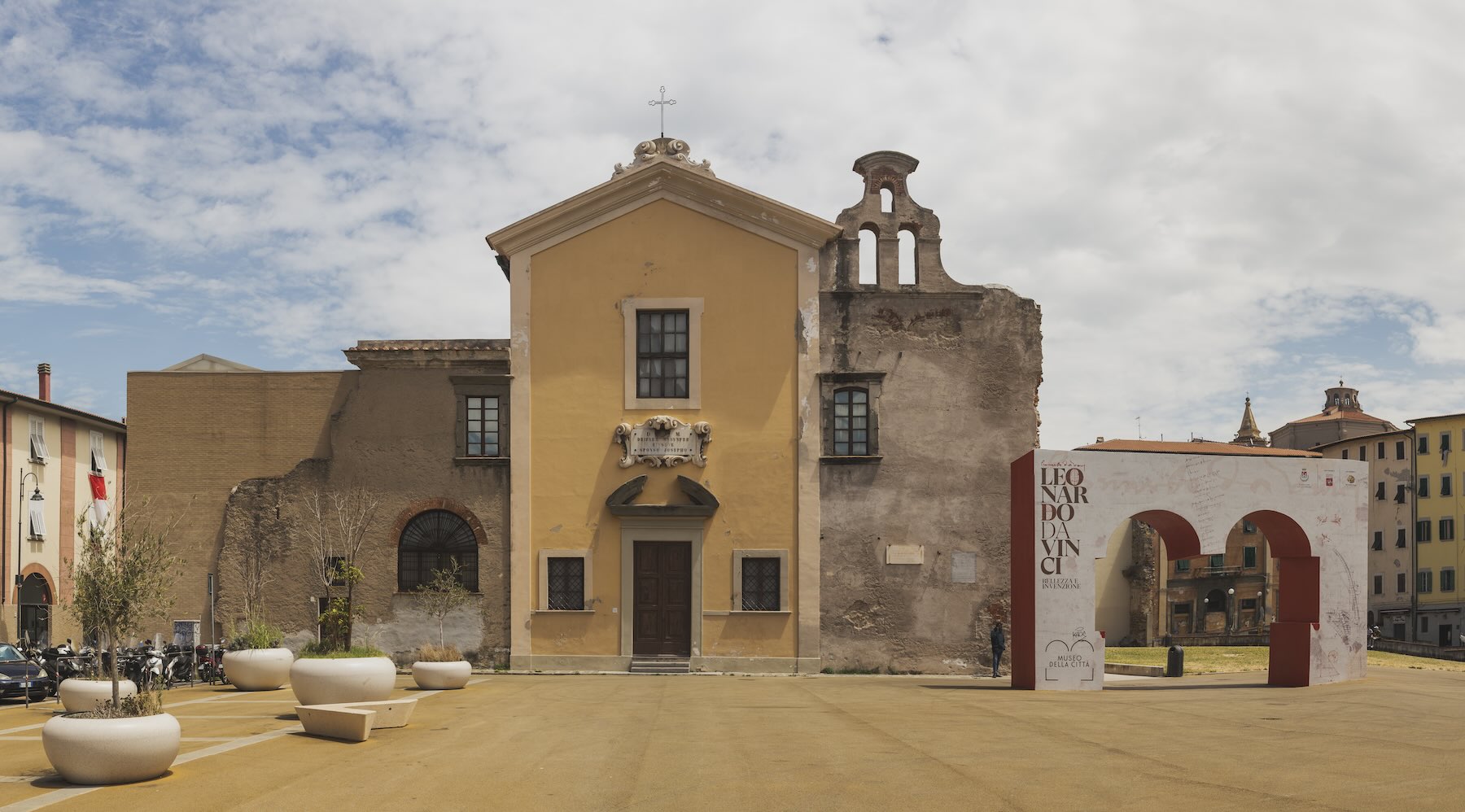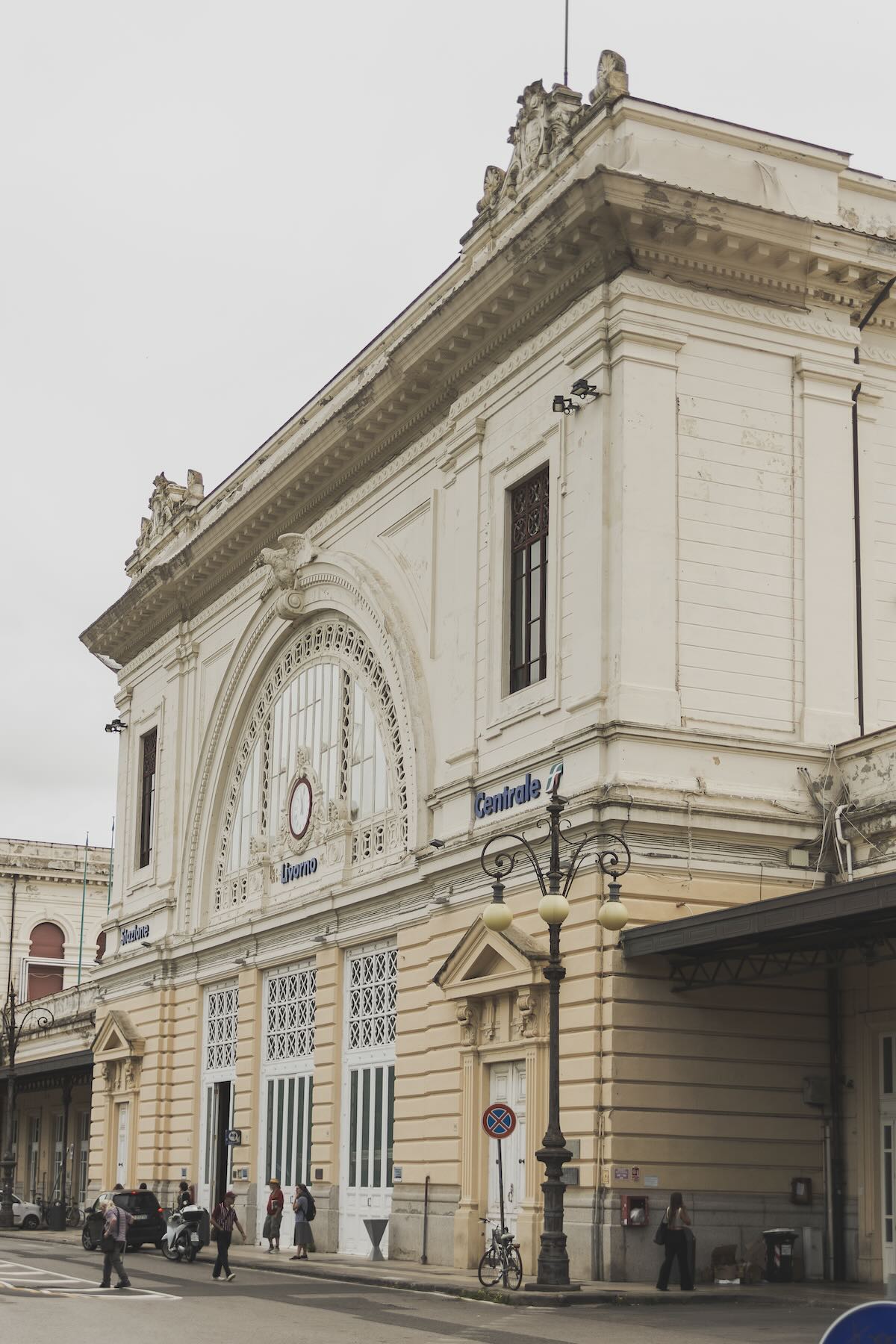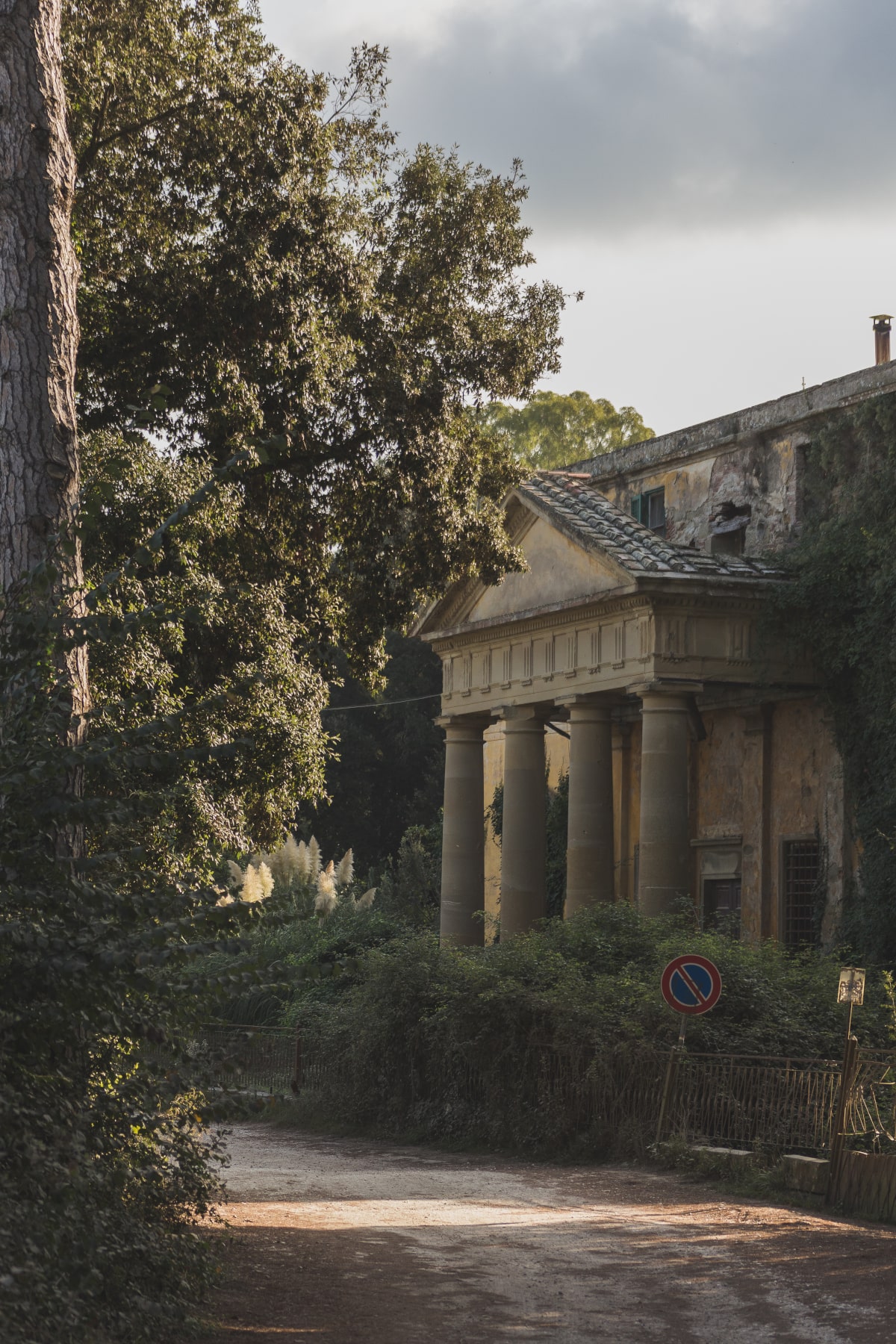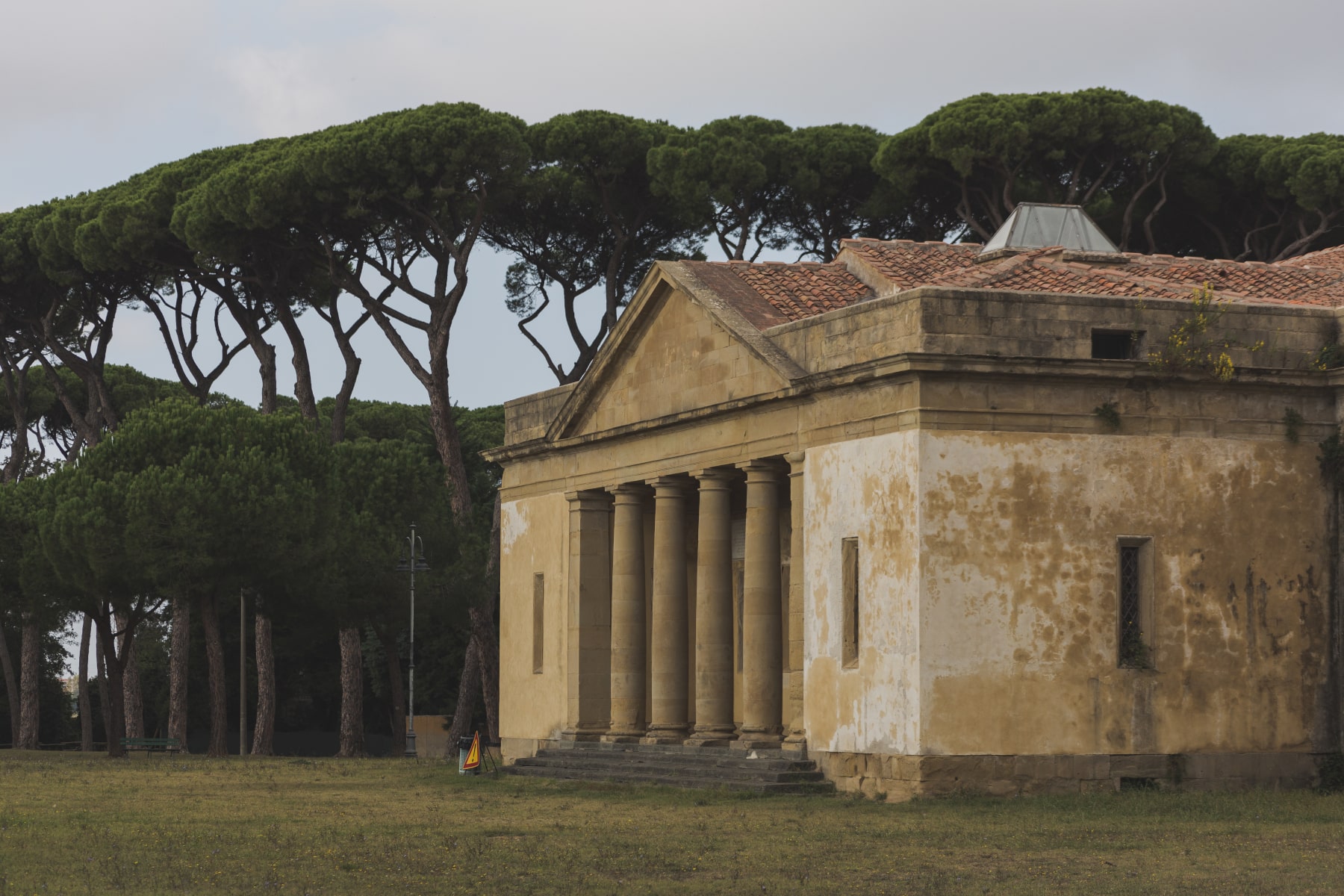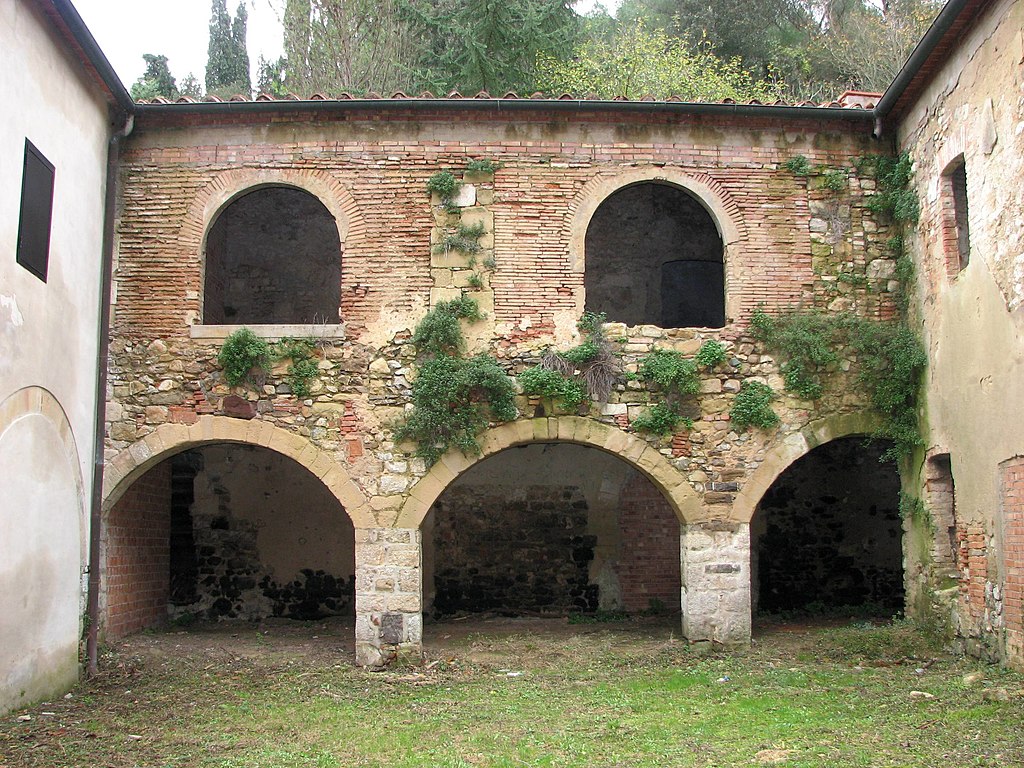Built in 1519 based on a design by Antonio da Sangallo the Elder, the Old Fortress stands where the first nucleus of the city developed and rightfully serves as the guardian of Livorno’s origins. Within its massive red walls and three bastions, it preserves traces that tell the history of the region from the Metal Ages to the present day. Adjacent to the fortress lies the historic Venice District. Spared from the wartime demolitions of World War II, it represents the most significant architectural testimony of Livorno’s historic port city. Built between the 17th and 18th centuries with its bridges, canals, grand palaces, cellars, and warehouses that open directly onto the water, it evokes the renowned and great Venetian city. The district still retains its original structure, recalling the mercantile origins of this part of the city, which is still alive today with the work of fishermen.

